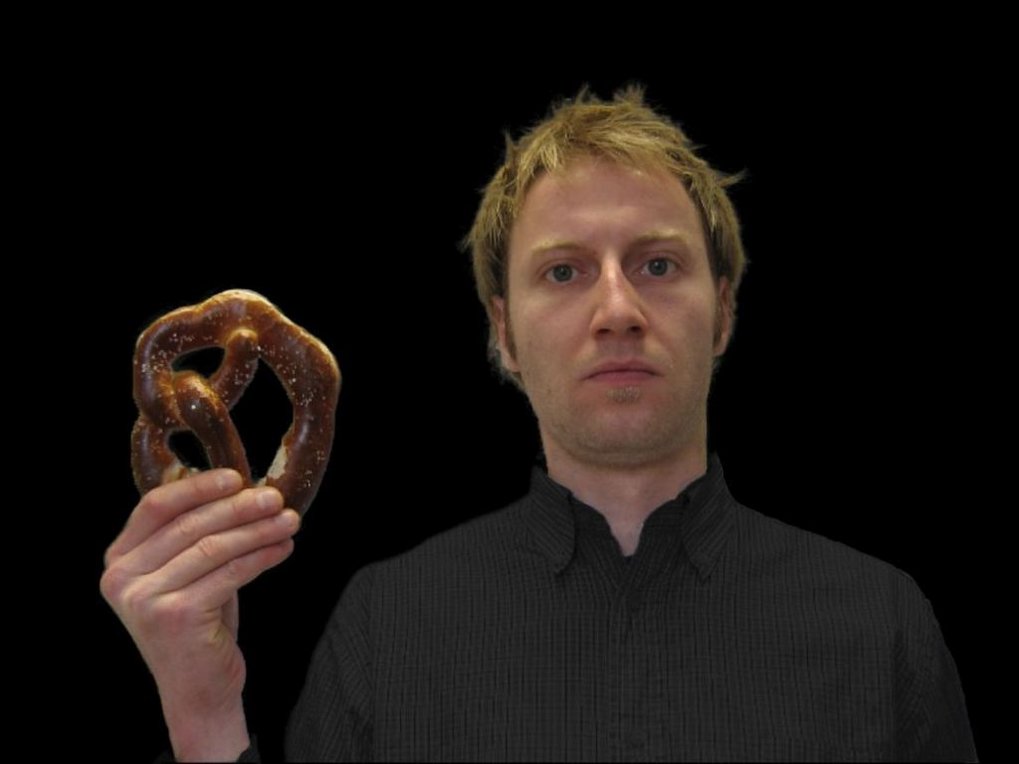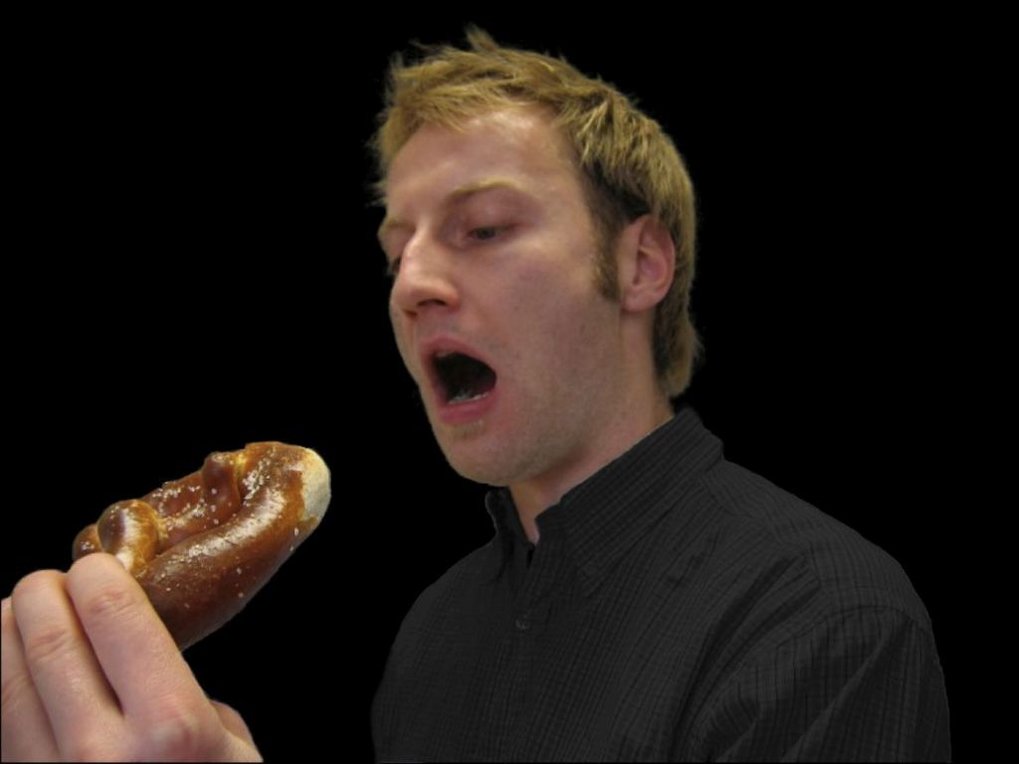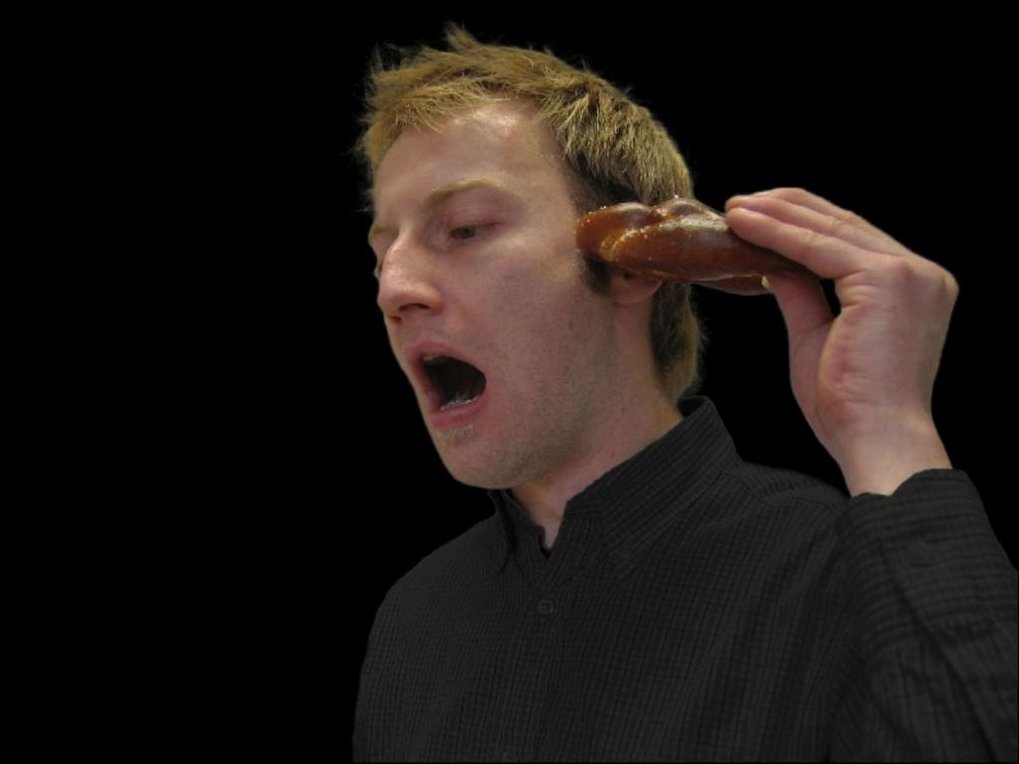How babies integrate new events into their knowledge
Babies seek to understand the world around them and learn many new things every day. Unexpected events – for example when a ball falls through a table – provide researchers with the unique opportunity to understand infants’ learning processes. What happens in their brains as they learn and integrate new information? Miriam Langeloh from the Max Planck Institute for Human Cognitive and Brain Sciences, Moritz Köster from the Freie Universität Berlin, and Stefanie Höhl from the University of Vienna address that question in a new study with nine-month-old babies, published in Psychological Science.
The research team invited parents, with their nine-month-olds, to the lab to look at short picture stories with either expected or unexpected physical and social outcomes. For example, infants saw a man who was holding a pretzel. In the expected outcome condition, he led the pretzel to his mouth. In the unexpected outcome condition, to violate infants’ expectations, he led the pretzel to his ear.

Importantly, observing new or unexpected events allows researchers to investigate infants’ processing of novel information. Scientists have already shown that the theta rhythm is important for the integration of novel events in adults. In their current project, the scientists ask whether the theta rhythm also supports the integration of novel information when observing unexpected events in young babies.
“In order to find out how infants integrate new information into their existing knowledge, we looked at the electroencephalogram (EEG) during the presentation of the images,” explains Miriam Langeloh. EEG measures the electrical signals underlying information transfer between nerve cells. The signal can fluctuate at different frequencies that are associated with different ongoing cognitive processes.

Miriam Langeloh further describes, “The babies were shown the picture stories very quickly, flickering at a 4 Hz (theta) or a 6 Hz (alpha) frequency. For example, in the theta condition, the events were presented at a flickering rate of four images per second. The brain areas that are responsible for seeing, the visual cortex, synchronized their activity to the speed of the presented images. We were able to show that the brains of the babies, like in adults, respond to the rhythmic presentation of the events.”
… and to violate infants’ expectations, he led the pretzel to his ear.
In the next step, the research team looked at how the brain reacted for expected and unexpected outcomes. “Only the theta rhythm was sensitive to the unexpected compared to the expected actions. This shows us that the theta rhythm is responsible for the encoding of novel information in the infant brain. Importantly, in the alpha rhythm, which we looked at for comparison, there was no difference between expected and unexpected outcomes,” says Moritz Köster.
Thus, the theta rhythm seems to play a fundamental role in the integration of new events into existing knowledge already in nine-month-old infants. In future studies, the scientists will investigate whether learning processes in babies can be actively promoted by visual stimulation of the theta rhythm.






